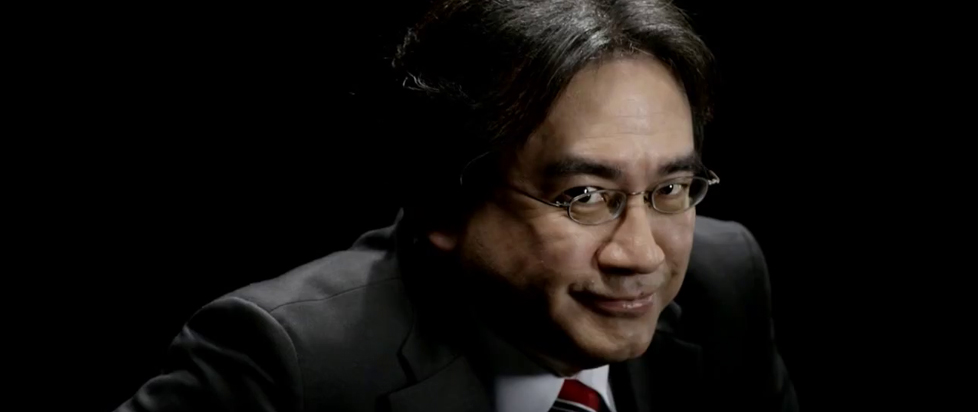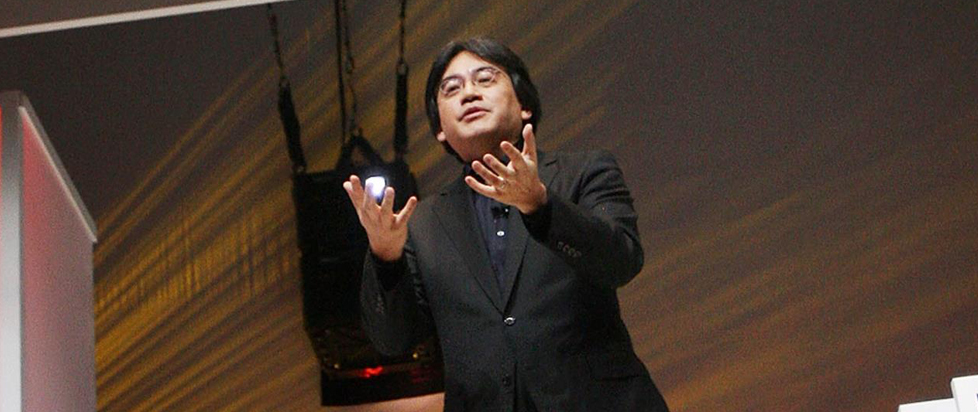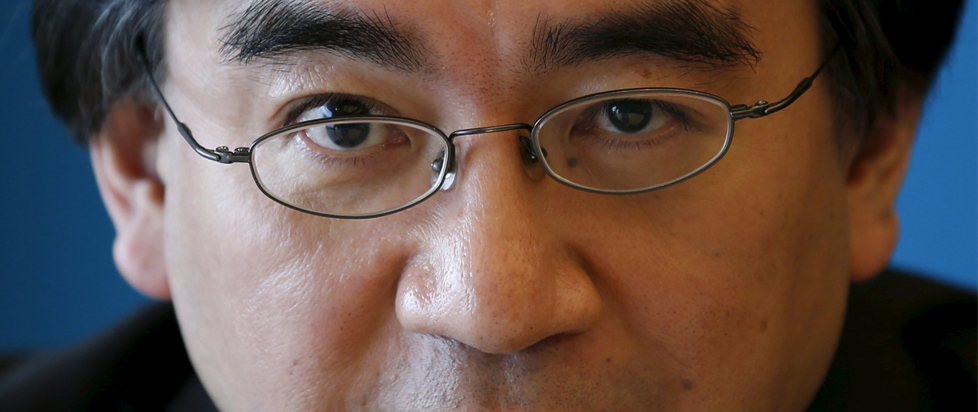
Iwata Smiles
The closest I came to meeting Satoru Iwata was at E3 2012, and it wasn’t all that close. I was doing a big piece on the upcoming launch of the Wii U, but unlike many, I got a bit hung up on the practicality of Nintendo’s release plans. I came away from the company’s booth with mixed feelings, counter-balancing the great potential of an HD Nintendo console with the actual hardware’s relatively limited “next-gen” capabilities, which would inevitably get trounced by Sony and Microsoft’s new system specs.
I wasn’t able to talk to Miyamoto or Iwata for my story. They were understandably not around or too busy for Nintendo to book me an interview. I even went to the company’s developer roundtable, though Iwata wasn’t there, either. He melted into the background of the assignment and, right at the moment, I didn’t necessarily care.
I wish now that I had. In writing I ended up questioning Iwata’s financial strategy secondhand, not that I would’ve gotten any better answers out of him. It’s the job of all corporate CEOs and business types, particularly in videogames, to dodge and juke around touchy questions asked by nosy writers. How pleasant that interaction can be depends entirely on the person you’re speaking with.
I have no doubt that Iwata – who that year contemplated a bunch of bananas all but winking at the camera and only last month became forever immortalized as a muppet – would have politely refused my questions with a twinkle in his eye and a genuine, if mischievous, smile on his face. In retrospect, I might have liked that.
Business decisions aside, his backing the Wii U was as quintessentially Nintendo as Nintendo has ever been. He said about as much himself, more eloquently, in a pre-E3 video about the console released a day before the company’s press conference.
“There may be several times when you say to yourself, that certainly is unique,” Iwata said of the Wii U, also referencing a framed picture with the Kanji “dokusou,” a guiding star hanging in one of Nintendo’s Kyoto conference rooms that means “to create something unique”. “And hopefully you’ll be thinking of unique in a good way.”
Go back and watch the clip. Iwata can’t quite finish the thought without breaking the formality of the scripted message just for a second, beaming with pride before the editing is forced to transition over.
It’s easy to miss, maybe, because Iwata was always happy. Whenever he appeared, whether at an event or online, he did so full of life and humor, and always remained gracious. The rigid, conservative world of corporate Japan often has a hard time with bringing a lightness and warmth to their videogames – Iwata had no such trouble.
The truth is, you probably know of Iwata’s work even if you’re not aware of it. You’ve surely played the NES’ Balloon Fight, coded by Iwata himself. He championed Masahiro Sakurai’s improbably cute puffball for the accessible, family-oriented Kirby’s Dreamland, the 1992 Game Boy game that then put longtime Nintendo collaborator HAL Laboratory on the map.
Kirby was soon succeeded by none other than 1994’s Earthbound, and later, during the N64 years, Iwata again helped Sakurai to set the wheels in motion for Kirby and the rest to brawl in 1999’s Super Smash Bros. This was all while he was still working at HAL, before being brought on officially at Nintendo.
In his first job for the company, Iwata also brought Nintendo huge profits during the era of the ailing Gamecube, personally overseeing many of the system’s (highly underrated) first-party games. The console was followed up with the Wii, which sold over 100 million units.
And let’s not forget Nintendo’s amiibo toys, which have already shipped over 10.5 million units worldwide since last November. Of course, Iwata shepherded Nintendo through bad times, too, twice taking personal pay cuts when faced with the possibility of laying of staff following the sluggish performances of both the 3DS and the Wii U. All that likely remains of his legacy is Nintendo’s new about-facing NX console.
Before Iwata, Nintendo’s former president Hiroshi Yamauchi reigned over the company from 1949 to 2002 with a “notorious imperialism” that became the stuff of legend. He died in 2013. As only the fourth head of Nintendo since it was founded in 1889, Iwata by all rights should have had more time. Decades more. One thing is certain: two Nintendo presidential obituaries in 13 years is too many.
It’s funny. You never really think or expect that the Japanese old guard will ever go away. Like Nintendo itself, Iwata was always there in the background. Not just commenting on company’s well-being or making announcements, but also by speaking openly with company developers about its storied history in publicly-posted interviews. And always, always doing his best to make people laugh with his “Iwata Asks” videos.
We should remember him smiling, too.
———
Steve Haske is Unwinnable’s senior editor and a regular contributor at Vice. His spirit guide is Iain Glen. Follow him on Twitter @afraidtomerge.



